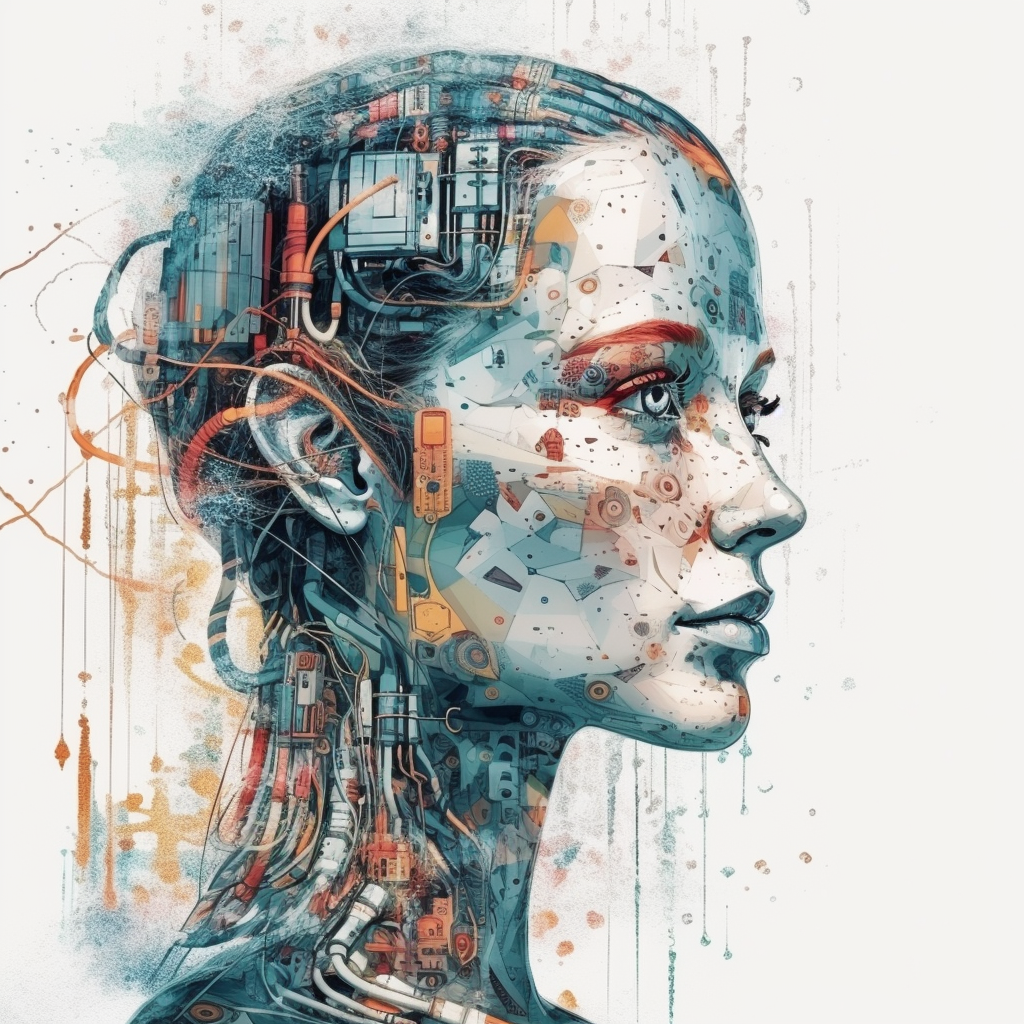
Matthew Shearing’s Blog
Welcome to my new blog:
exploring the exciting world of design, imaginal art, AI, and design-thinking.
New perspectives on how technology can enhance our creative abilities and help us bring our wildest ideas to life. From cutting-edge tools to timeless techniques, this blog is a must-read for anyone interested in pushing the boundaries of what's possible in the realm of art and design.
In today's rapidly evolving world, the intersection between design and sustainability has never been more critical. Design thinking, a methodology that blends logic, intuition, and systemic reasoning to create outcomes that benefit the end user, has the potential to drive significant advancements in sustainable development. This approach is not just about aesthetics or functionality; it's about creating solutions that meet our present needs without compromising the ability of future generations to meet theirs.
In the ever-evolving world of business, conscious branding has emerged as a pivotal strategy for organizations seeking to create meaningful connections with their audiences. More than just an aesthetic or marketing approach, conscious branding represents a fundamental shift in the way businesses perceive and communicate their values and purpose. By grounding their identity in a set of core principles, businesses can create brands that resonate with their audience on a deeper, more authentic level.
At the heart of this approach lie the 12 Jungian archetypes, a powerful framework developed by Swiss psychologist Carl Gustav Jung. These archetypes provide a rich tapestry of human motivations, desires, and emotions, and have become a way of discovering your brand voice, allowing businesses to craft brand narratives that resonate with their target audience. Each archetype embodies a distinct set of qualities, characteristics, and behavioral patterns, enabling brands to not only create a relatable brand persona but also to better understand the needs and aspirations of their audience.
Incorporating the 12 Jungian archetypes into conscious branding is no mere exercise in symbolism. Rather, it allows businesses to create a holistic and purpose-driven brand experience that transcends traditional marketing strategies. By aligning their brand identity with one or more archetypes, businesses can tap into the shared collective unconscious, fostering a sense of familiarity and affinity that encourages long-lasting relationships with their audience.
The 12 Jungian archetypes serve as a versatile and potent tool for businesses seeking to embrace conscious branding. By understanding the unique qualities and characteristics of each archetype, businesses can create a brand identity that is both authentic and deeply resonant. In doing so, they can forge strong, lasting connections with their audience, ensuring their brand remains relevant and impactful in an increasingly discerning and competitive marketplace.
I’m fascinated by how large language models and artificial intelligence can simplify complex research and make it more accessible to non-academics. In today's fast-paced world, understanding groundbreaking research can be challenging, especially for those without a background in the field. That's where AI, like ChatGPT, can step in and help bridge the gap by presenting scientific findings in a more digestible manner.
The Google Sprint is a five-day framework for answering critical business questions through design, prototyping, and testing ideas with customers. Here's how ChatGPT can help optimize the Google Sprint:
Define the problem statement: ChatGPT can assist in formulating clear and concise problem statements by analyzing the input and extracting the core issue.
Ideation: ChatGPT can generate a vast amount of ideas based on the information given. It can also help prioritize the ideas by evaluating them against the problem statement and providing a score based on relevance, feasibility, and impact.
Prototyping: ChatGPT can assist in creating rapid prototypes of the chosen solution or ideas. By generating text-based mockups, it can quickly iterate on the design and provide a tangible representation of the solution.
Testing: ChatGPT can help design and conduct user testing by generating survey questions and analyzing the results. It can also suggest modifications to the prototype based on the feedback received.
The Death of the Author" to AI art and ChatGPT. Explore how the emergence of AI challenges traditional notions of authorship and interpretation, and how Barthes' ideas provide a framework for understanding the complex interactions between human and machine agents in the creative process.





